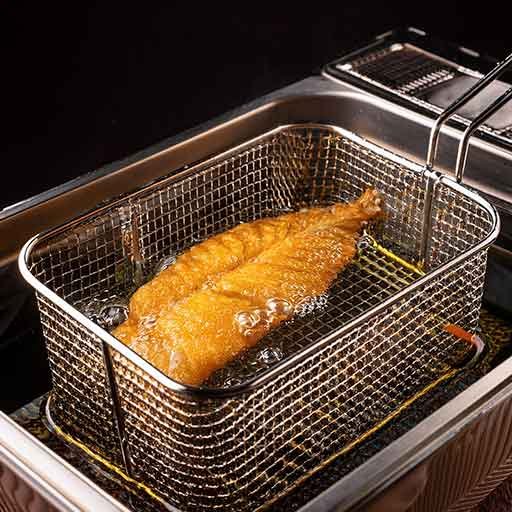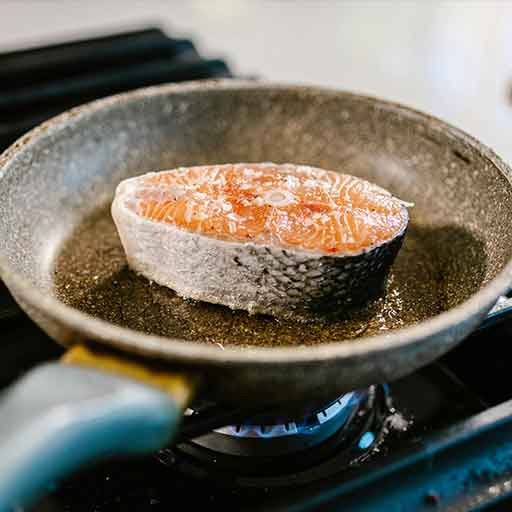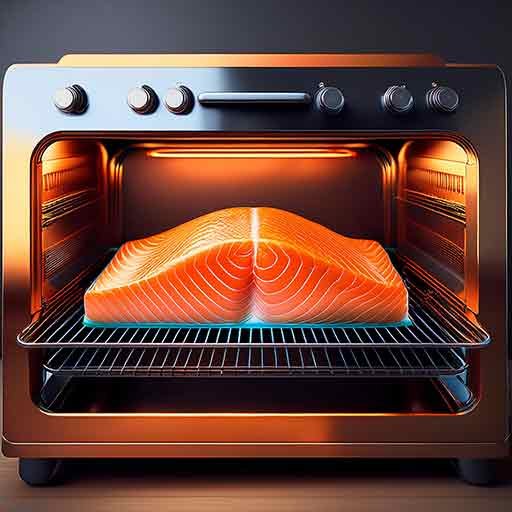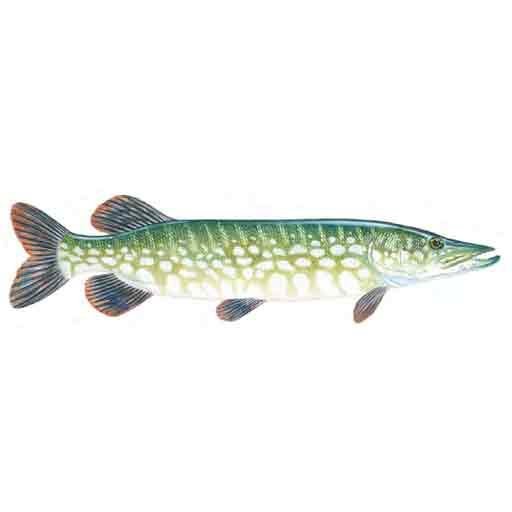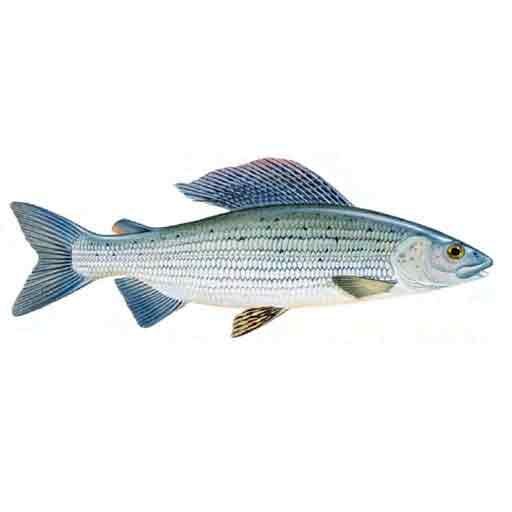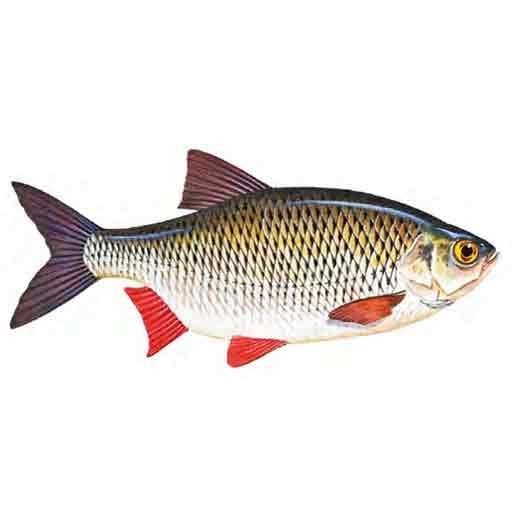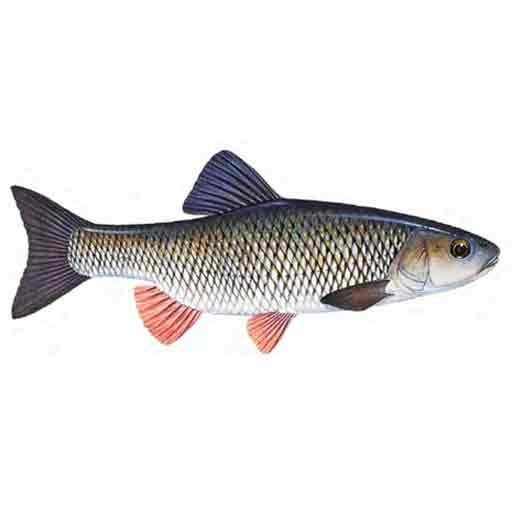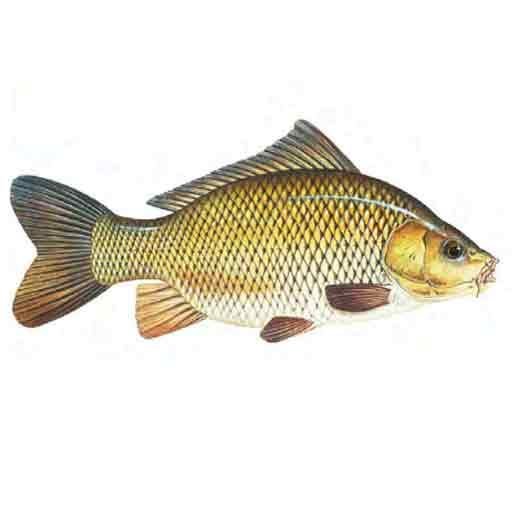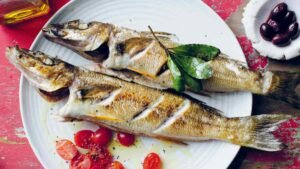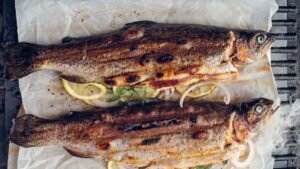The grayling is not a particularly large fish, growing to a maximum of about 60cm (2ft) in length, but they have a highly distinctive, large dorsal fin. It is gregarious, forming shoals, and prefers to live in well-oxygenated, running water.
It is commonly found in rivers, and in North America, it can be found in lakes. It is particularly susceptible to pollution and thrives best in clean water, usually in the upper parts of a river with a gravel or sandy bottom. It feeds predominantly on a varied diet of insects, nymphs, worms, and crustaceans.
The grayling spawns in spring and early summer and does so in gravel-bottomed, shallow parts of the river. Grayling of the North American lakes come into the streams for spawning. The use of small lures or spinners, or baits, are among the most common methods used to target fish of this species. Fly-fishing techniques can also be effective.
In waters where large numbers of grayling congregate, the amount of food available to each fish is limited, and small, deep-bodied individuals, with a weight no more than half the maximum recorded, are common. The large dorsal fin still gives the fish extra leverage against the angler, making the grayling a popular catch.



